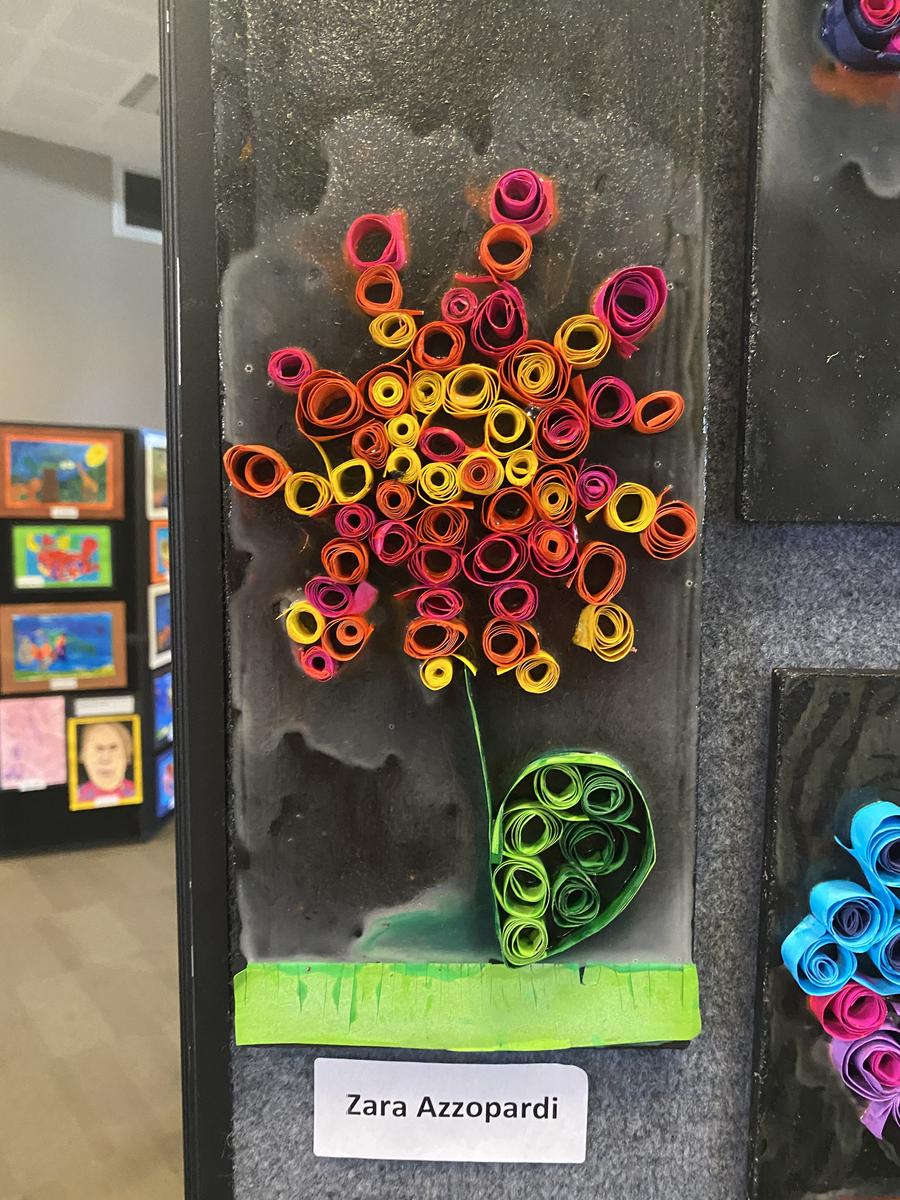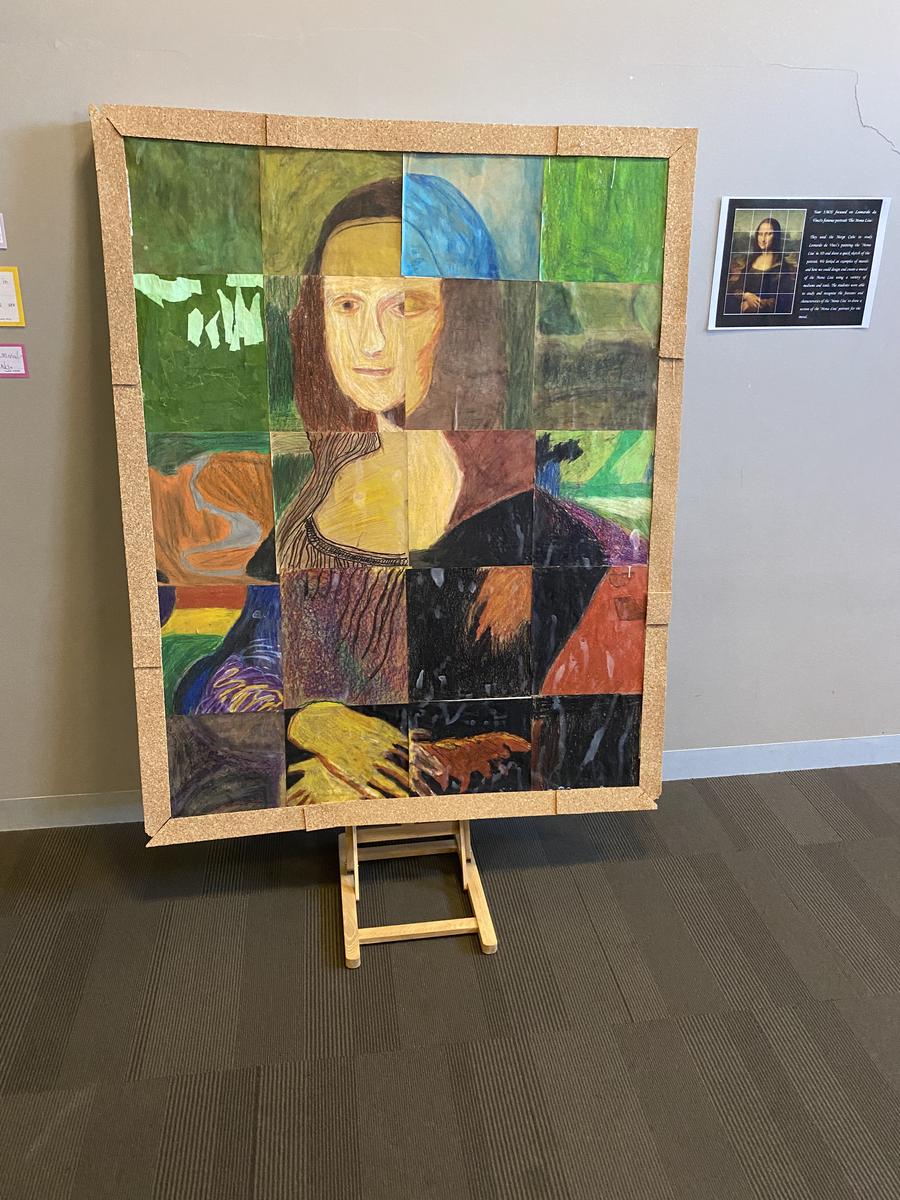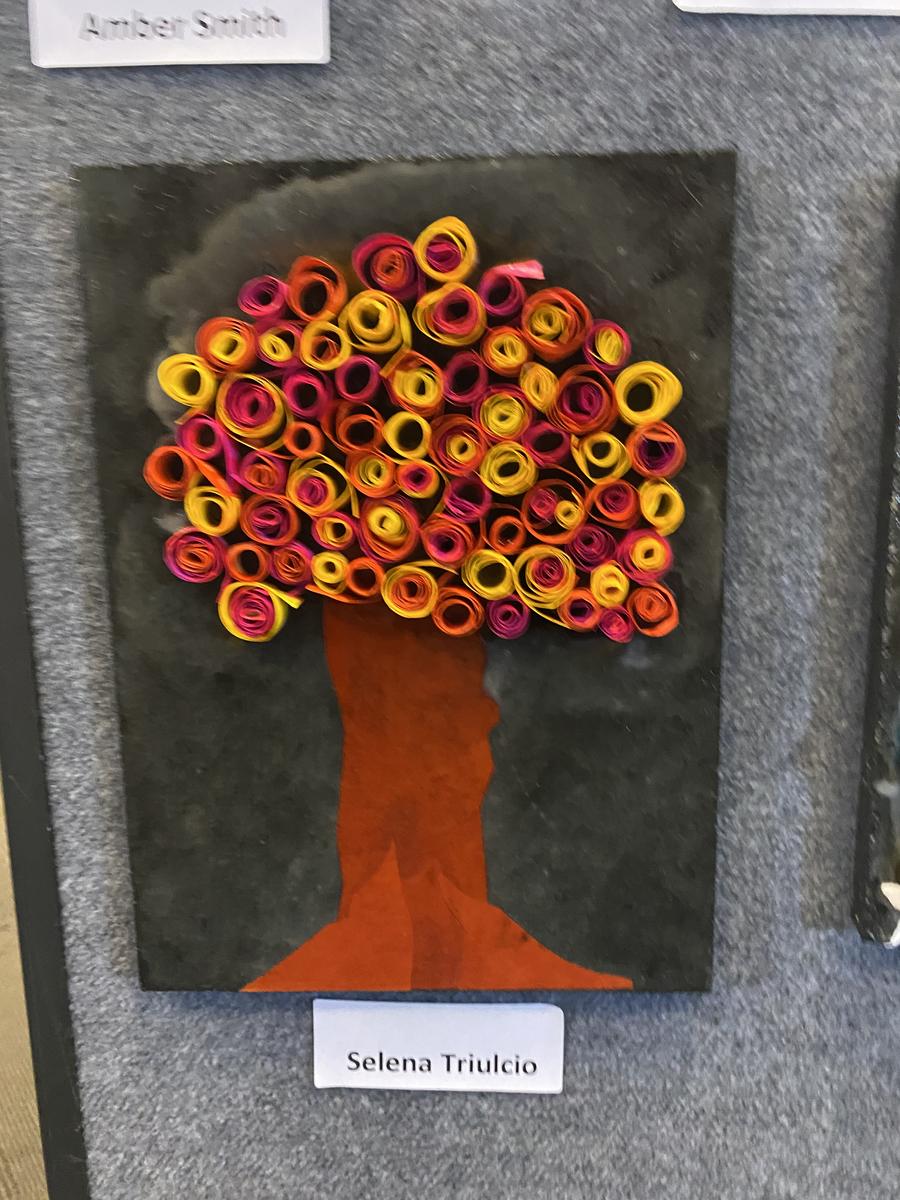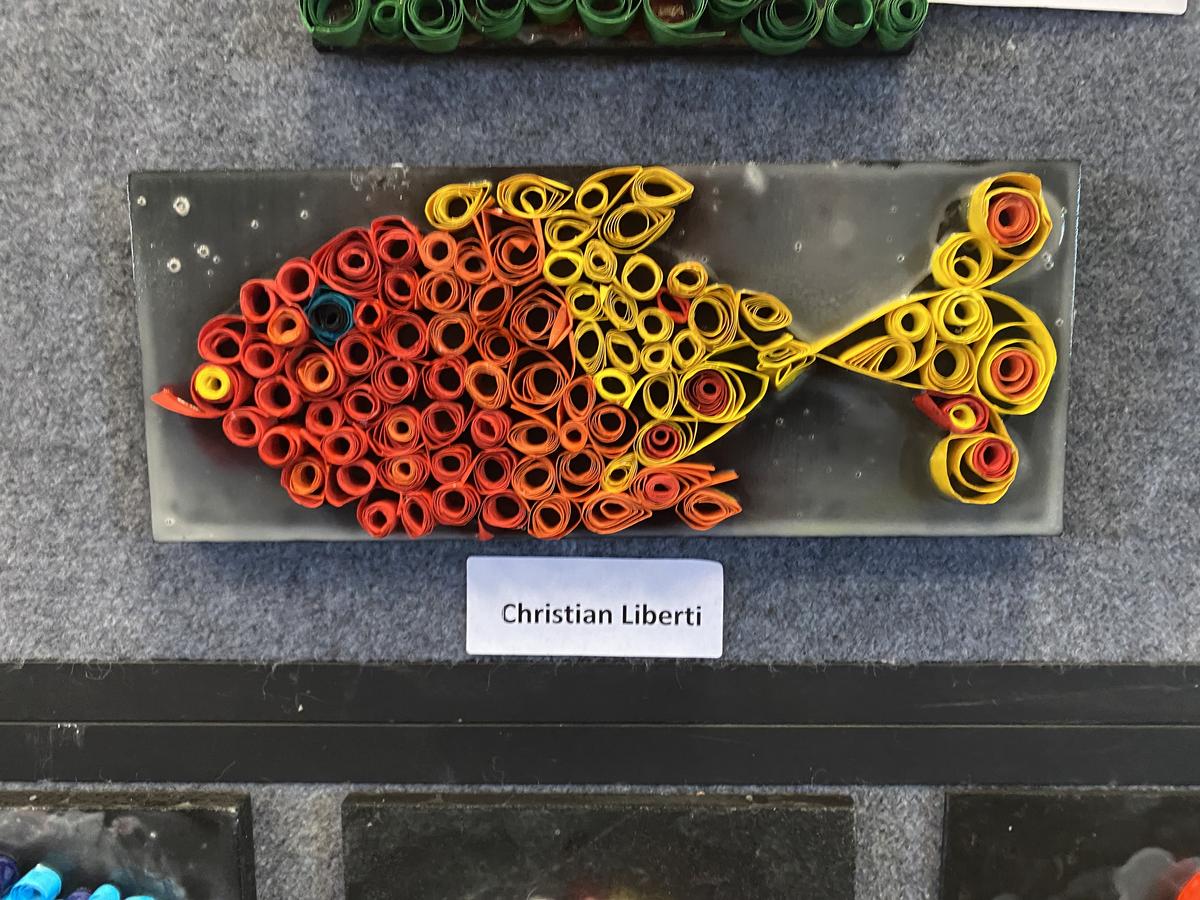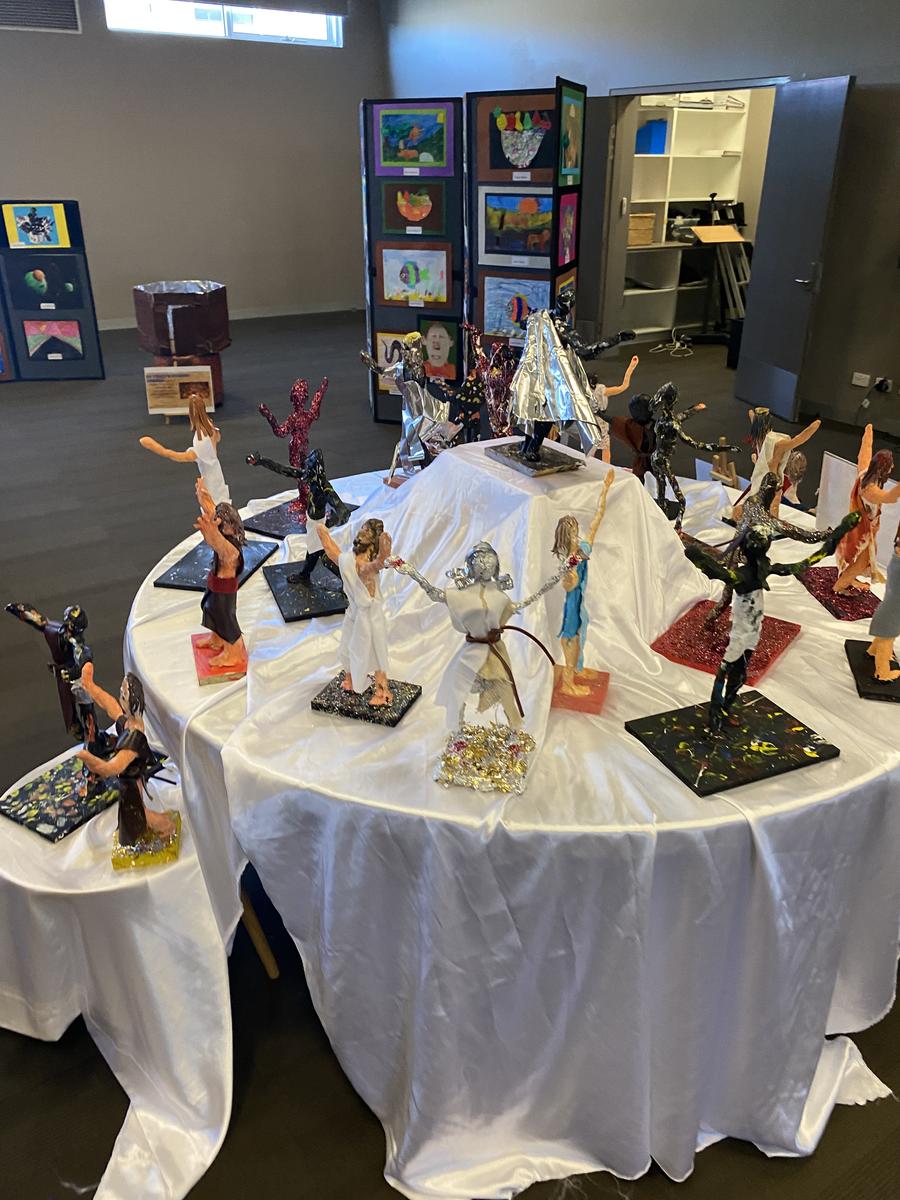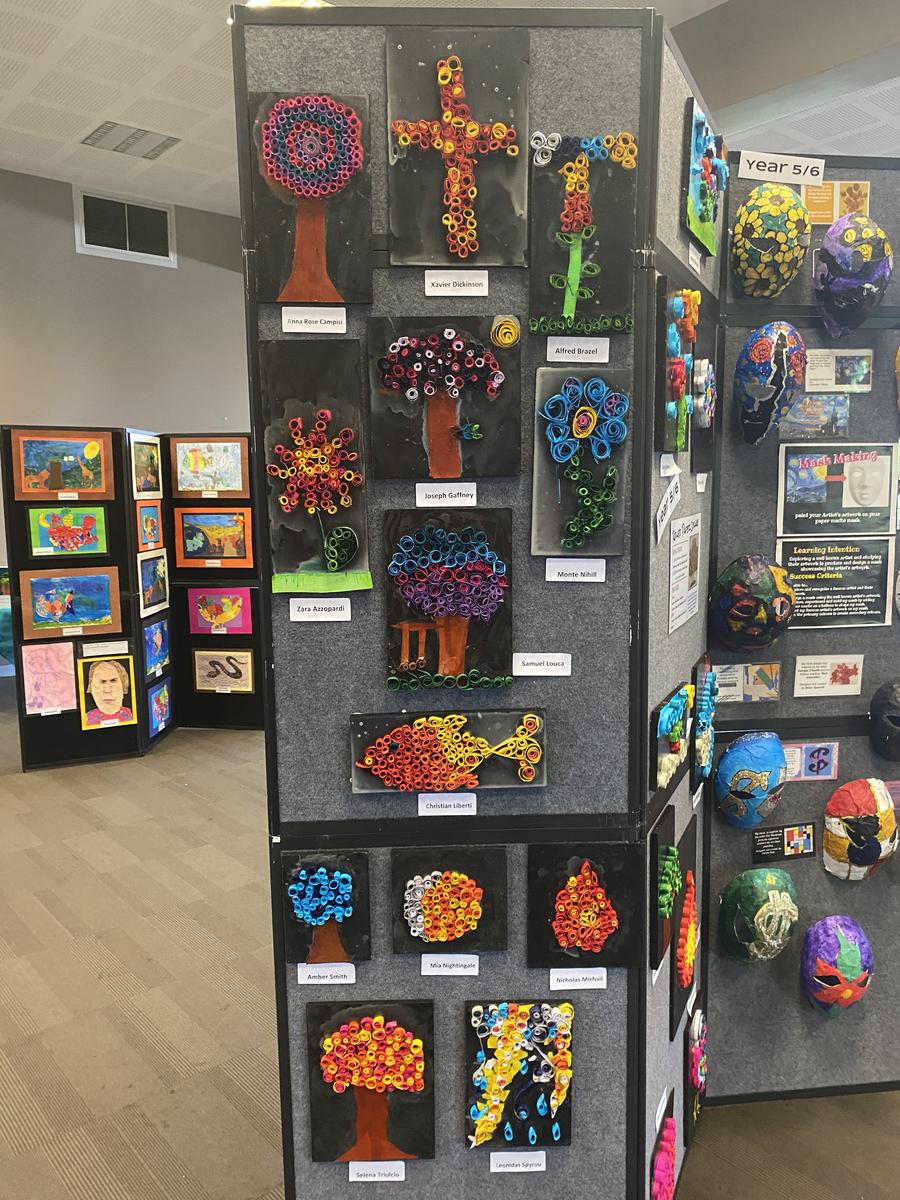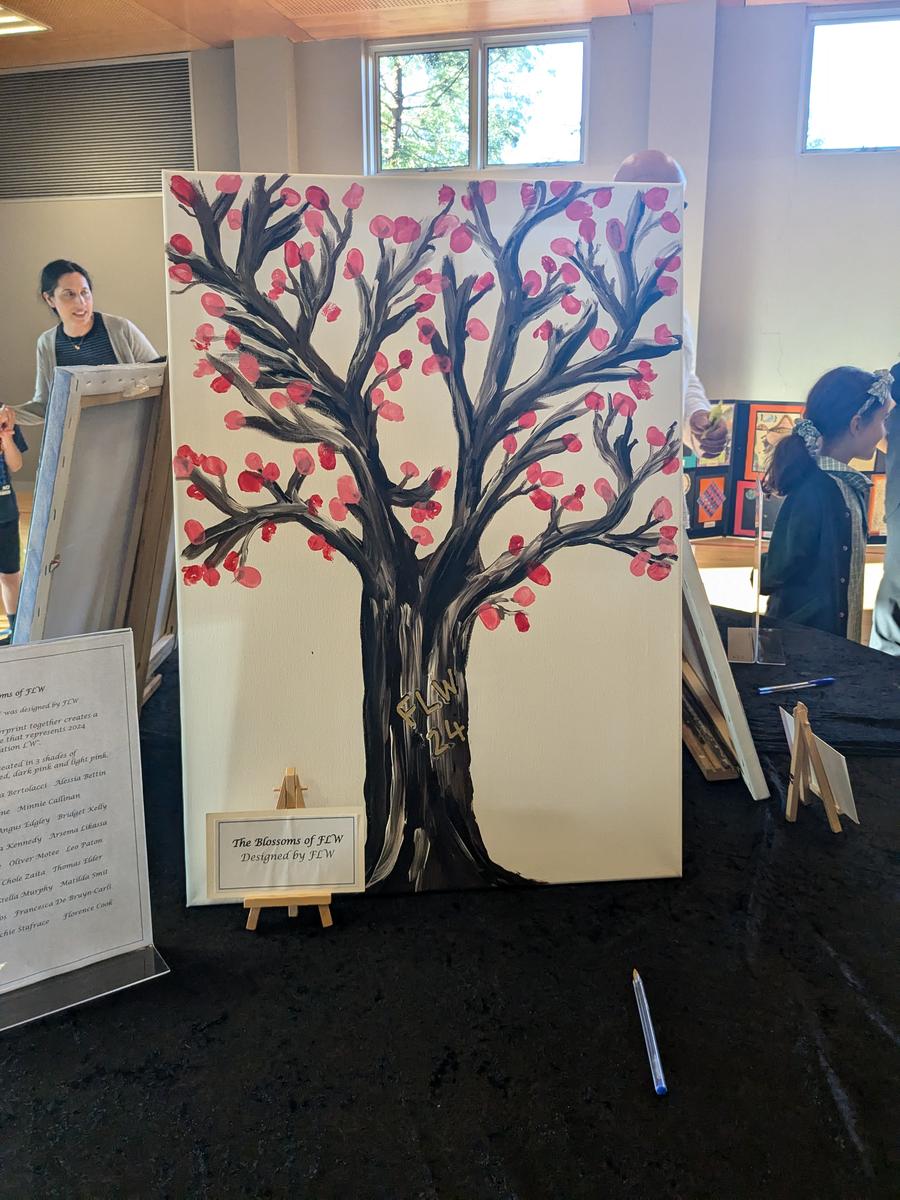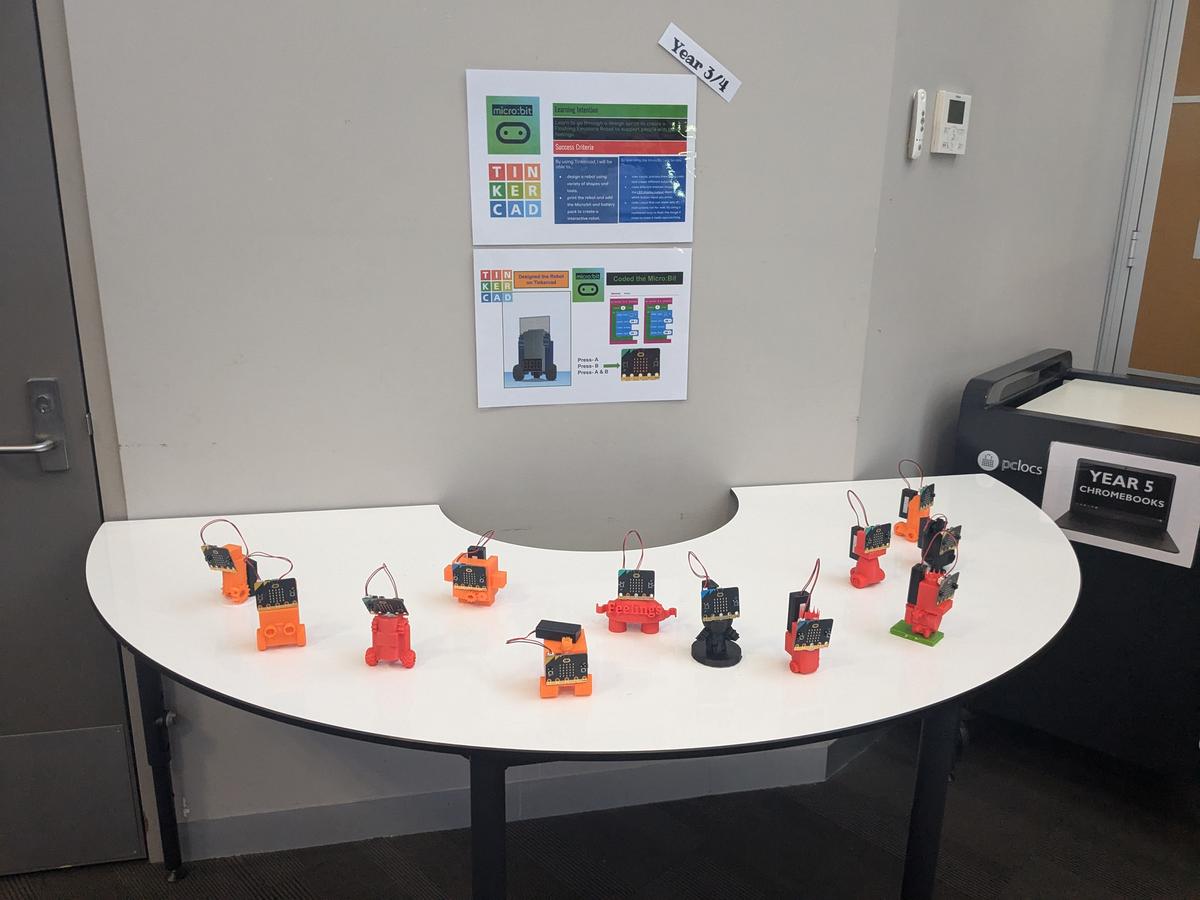Learning & Teaching
Learning and Teaching encompasses the following areas: Student Outcomes, Curriculum, Assessment, Reporting, Principles and Pedagogy.

Learning & Teaching
Learning and Teaching encompasses the following areas: Student Outcomes, Curriculum, Assessment, Reporting, Principles and Pedagogy.


On Monday, November 11th, St. Fidelis hosted an informative session on cyber safety for parents, run by Susan McLean from Cybersafety Solutions.
The session provided valuable insights into online safety challenges and shared practical strategies for keeping children safe in today’s digital world. Parents were left with a deeper understanding of potential online risks and plenty of tips to help guide their children towards safe online habits. Thank you to everyone who attended and contributed to the discussion! Here are some helpful hints from Susan.
| GET | Get Devices out of bedrooms & Bathrooms |
| RULES | Have a family online contract & rules for home and for socialising online. |
| KNOW | Know your child’s passwords and passcodes. Also, know which apps and games your children are using and downloading. |
| TALK | Talk with your children about online safety and talk often |
| FILTERING | Use a filter to limit inappropriate content |
| SCREEN TIME | Look at what they doing online. Limit screen time |
| BE THERE | Learn about the sites and apps they are using and be present with them when using them |
| USE | Use all security settings and parental controls for the apps and devices that are available to you |
| FRIEND | Only add friends/people that your child knows in real life. Check their friend list often to see if any new friends have been added. |
| LOCATION | Know where child is online |
What is Retelling?
Retelling is the process of reading or listening to a story and then recounting it in your own words. It's like summarising the story, but with enough detail to capture the important elements, such as the characters, setting, and key events. Think of it as sharing the story with a friend, making sure they get the main points and the best details without having to experience the story themselves.
Retelling is a crucial skill for building both reading comprehension and writing abilities in children. Before they can write their own stories, children need to first develop the ability to understand and communicate stories verbally.
Why is Retelling Important?
To retell a story effectively, children must grasp the basic components of story structure; characters, setting, conflict, events, and resolution. This understanding lays the foundation for both oral and written storytelling.
Retelling also strengthens reading comprehension. When children practise retelling what they've read, they demonstrate their understanding of the text. This is important for both fiction and nonfiction, as it allows them to process information in a meaningful way.
How to Practise Retelling
You can practise retelling with any book, or even just a few pages. Here’s a simple, five-step approach to get started:
Following are some guiding questions:
Setting:
Characters:
Problem and solution
Ending:
Theme:
By practising retelling regularly, children not only improve their comprehension skills but also gain confidence in storytelling and writing. It's a simple yet powerful way to help them internalise the structure of stories and enhance their overall literacy.
Bernadette Parnis
Literacy Leader
bparnis@sfmoreland.catholic.edu.au


Issue 8 orders are due in by
Wednesday, November 20.
Due to the extreme weather forecast for Friday 22 November 2024, the St Fidelis Annual Athletics/Sports Carnival for students from Foundation-Year 6 will be cancelled.
We apologise for any inconvenience this may cause, however, it was decided that the predicted 35oC maximum temperature for the Coburg area on this day could put students at risk.
We are currently seeking another date to conduct this event. We will keep you informed of the outcome.
During the last two weeks, our Foundation students were introduced to the famous artist Pablo Picasso. They explored how Picasso used a single continuous line to create his artwork and examined the different types of lines he used, including horizontal, vertical, diagonal lines and circles.
In an exciting blend of art and technology, the students used BeeBots with drawing cases to code and create their own masterpieces. By programming the BeeBots, they designed a variety of circles, straight and overlapping lines, resulting in unique and creative art pieces inspired by Picasso’s style.
Here are some photos of our talented Foundation students hard at work on their masterpieces!

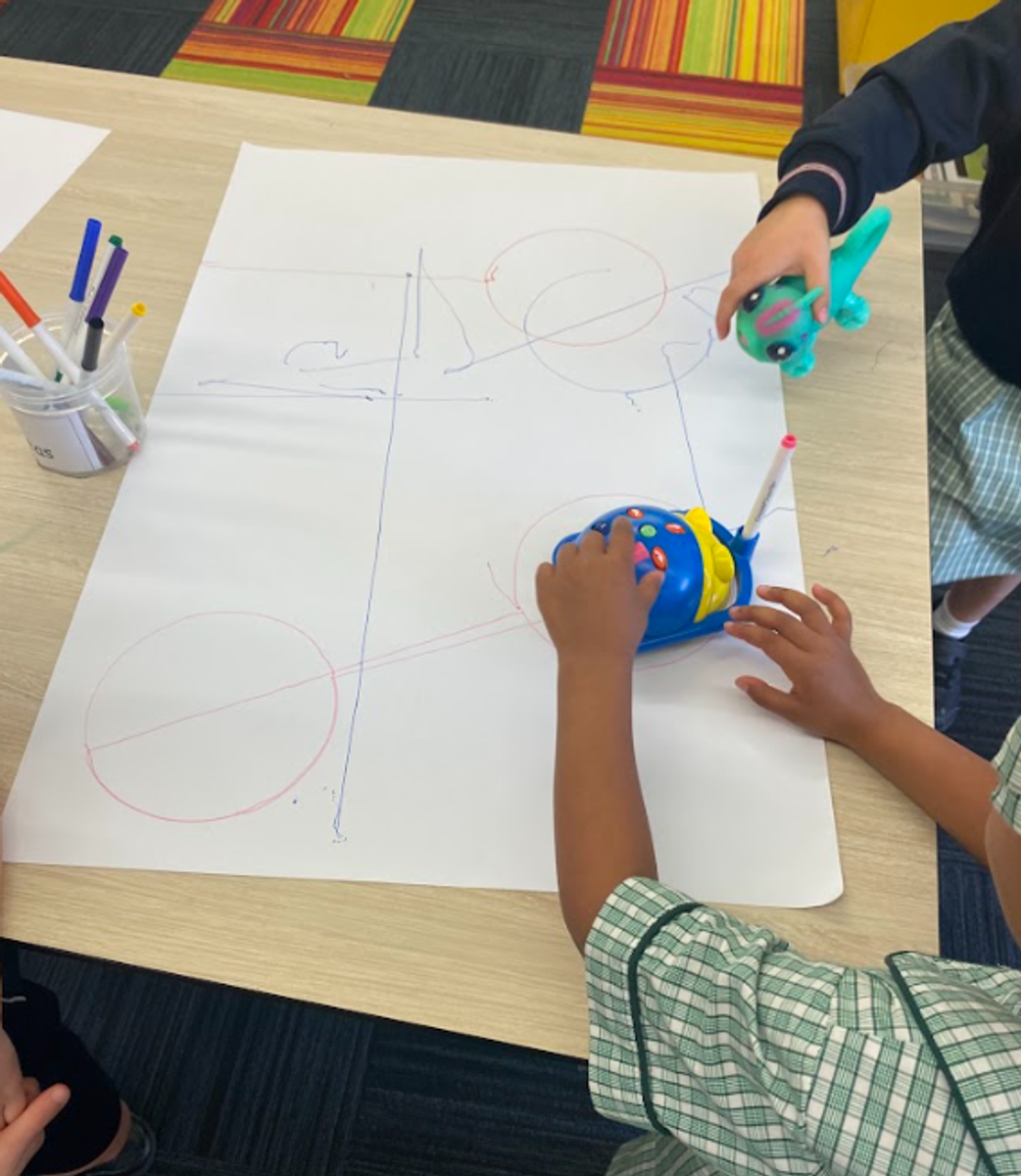

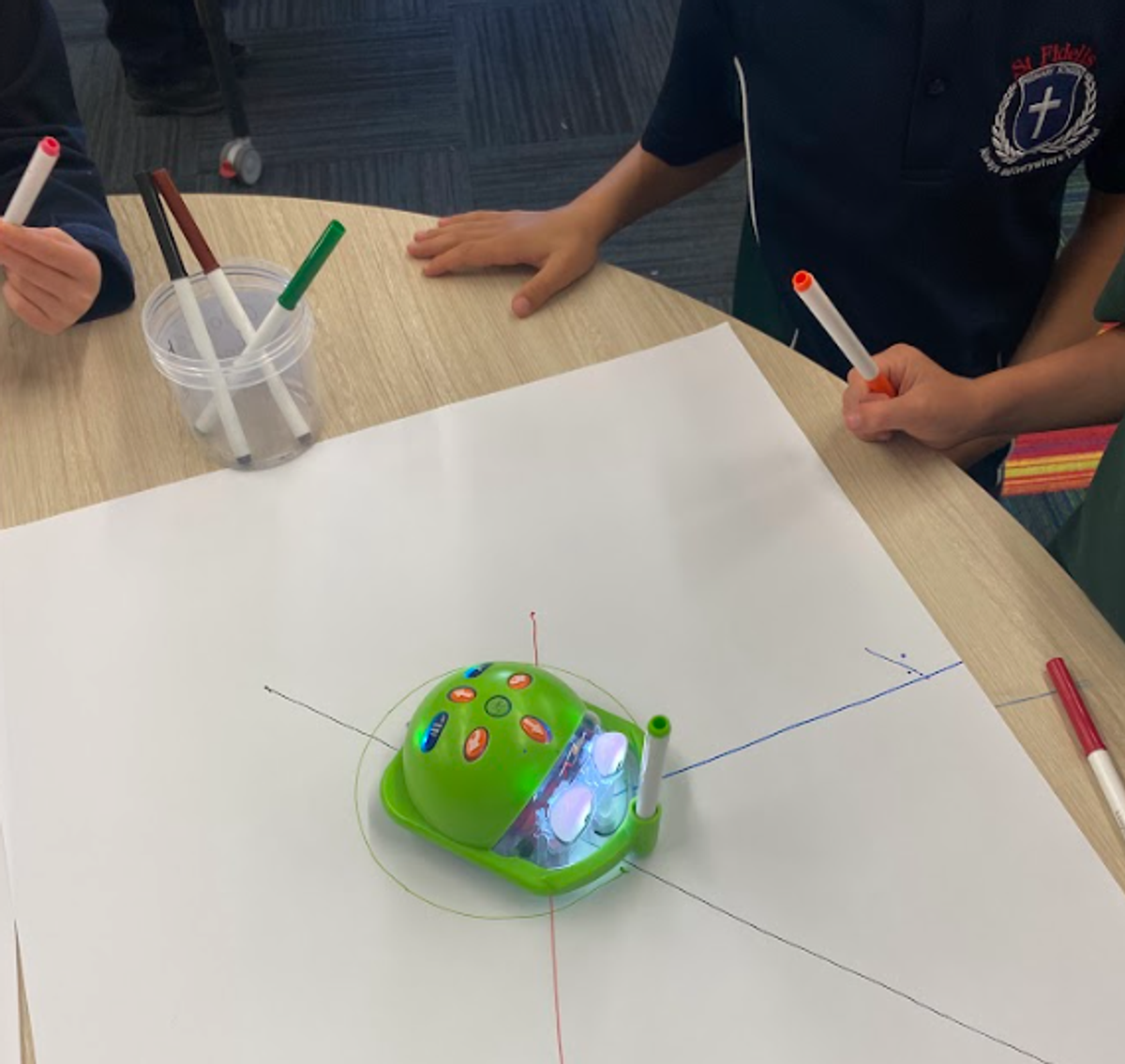
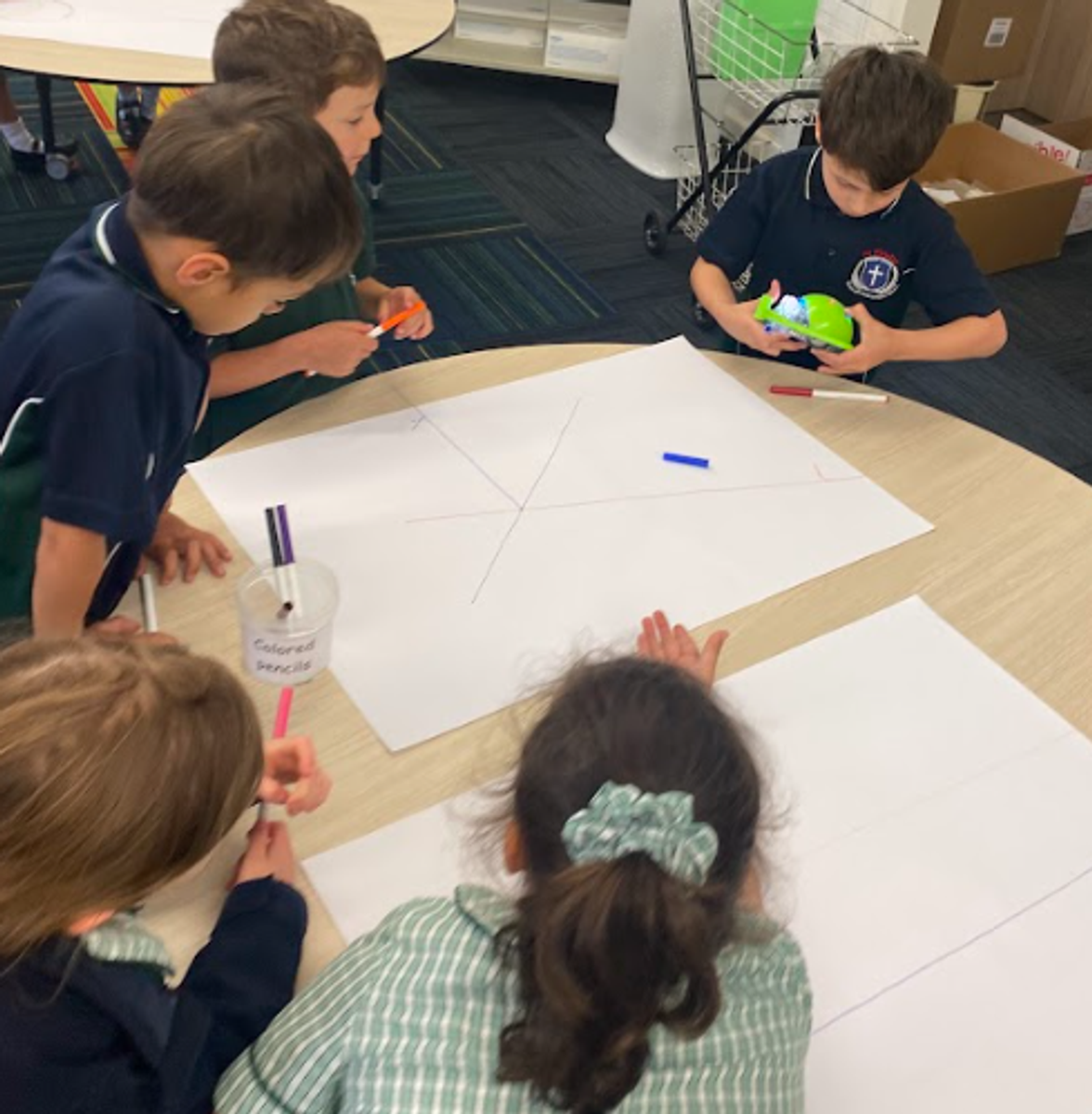
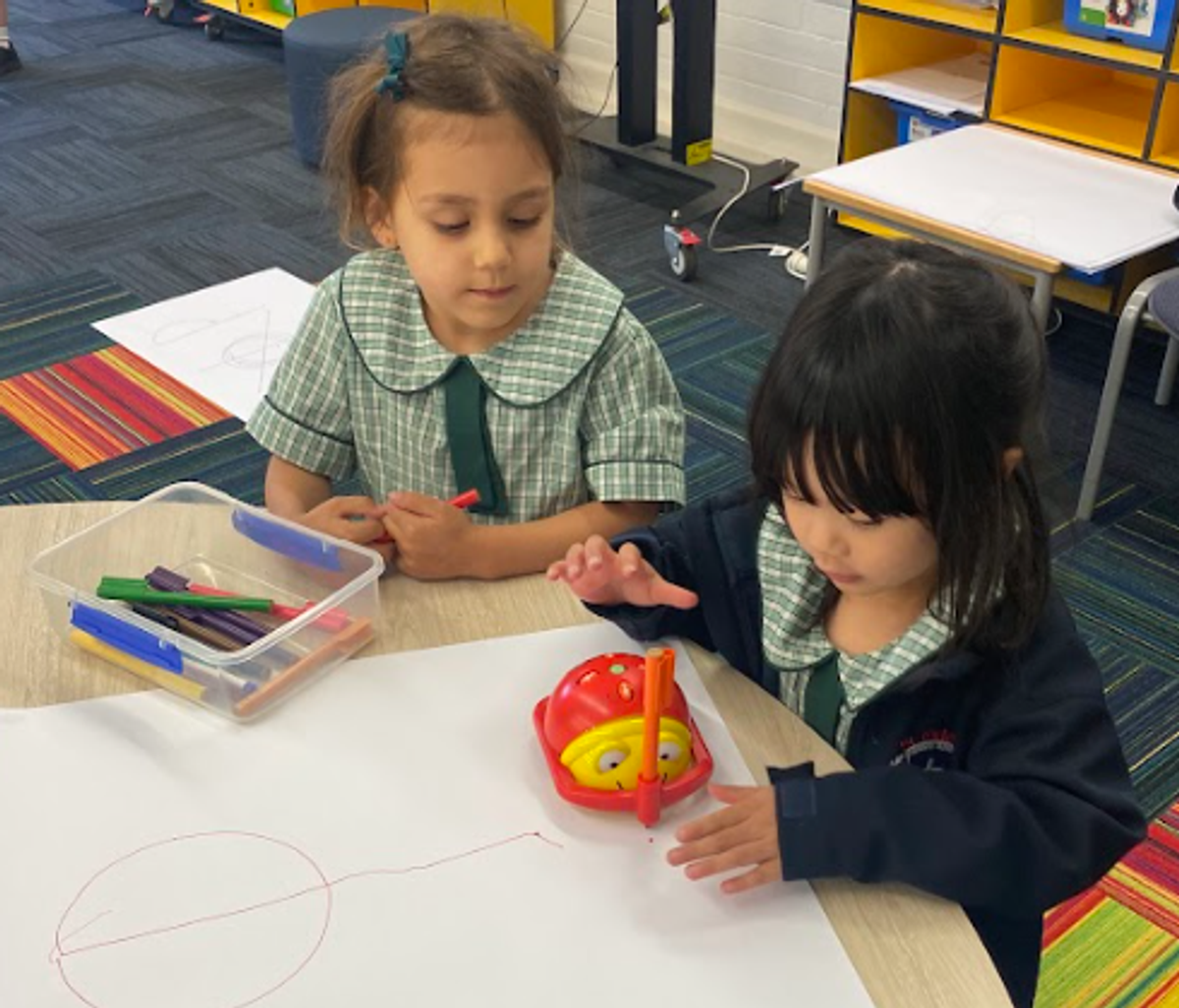
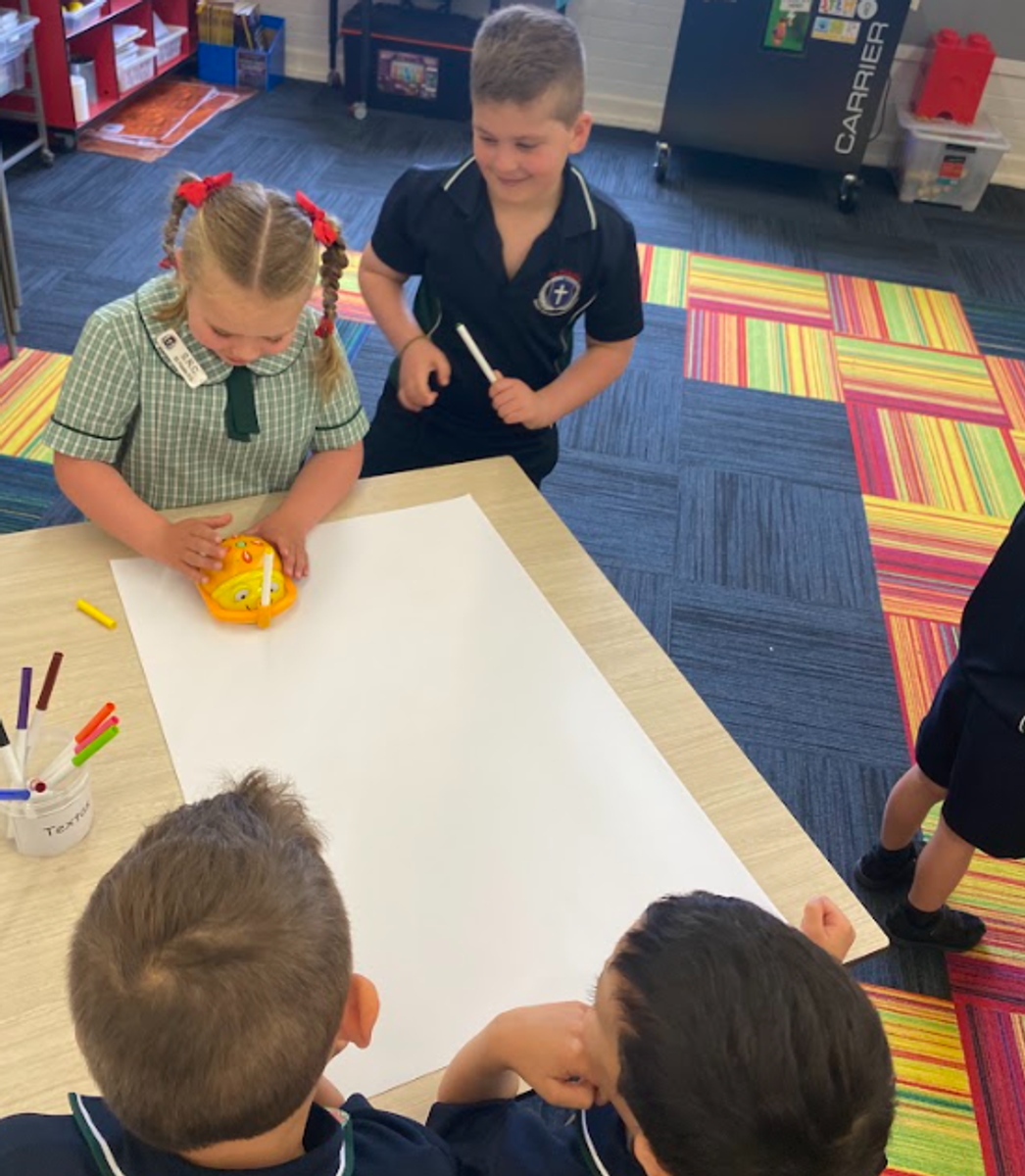
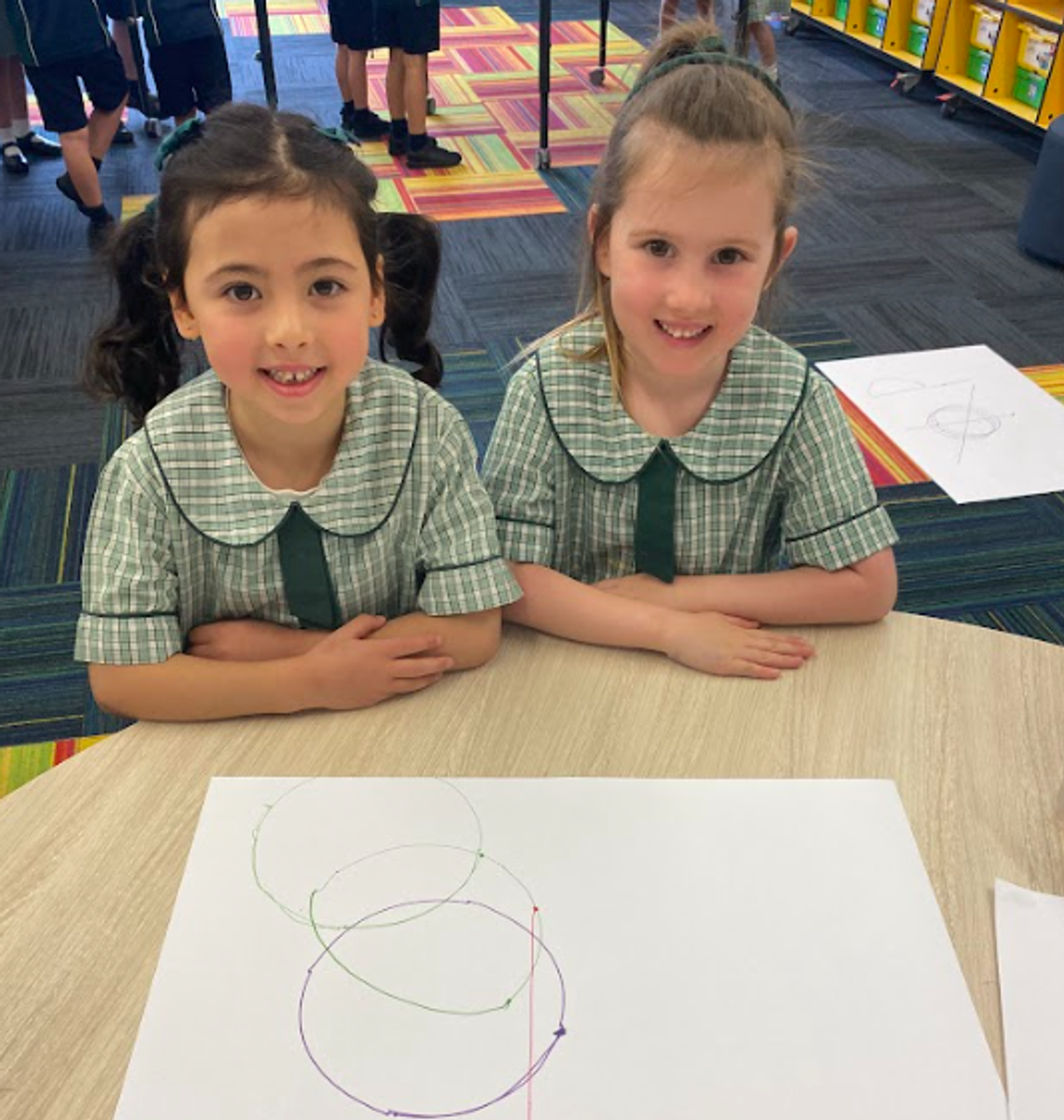








A big congratulations and thank you to Thomas E from Foundation, for sharing his impressive and complex LEGO Mars model, named Perseverance.
Over the last two terms, Foundation students have been using Tale Bots Mars Rovers to simulate collecting rock samples and returning them to base. This learning experience included exploring the real-life Mars Rover Perseverance and understanding why scientists are studying Mars so closely.
Thomas’s model sparked curiosity and helped deepen our discussions about space exploration and the wonders of Mars. Well done, Thomas, and thank you for inspiring your peers!
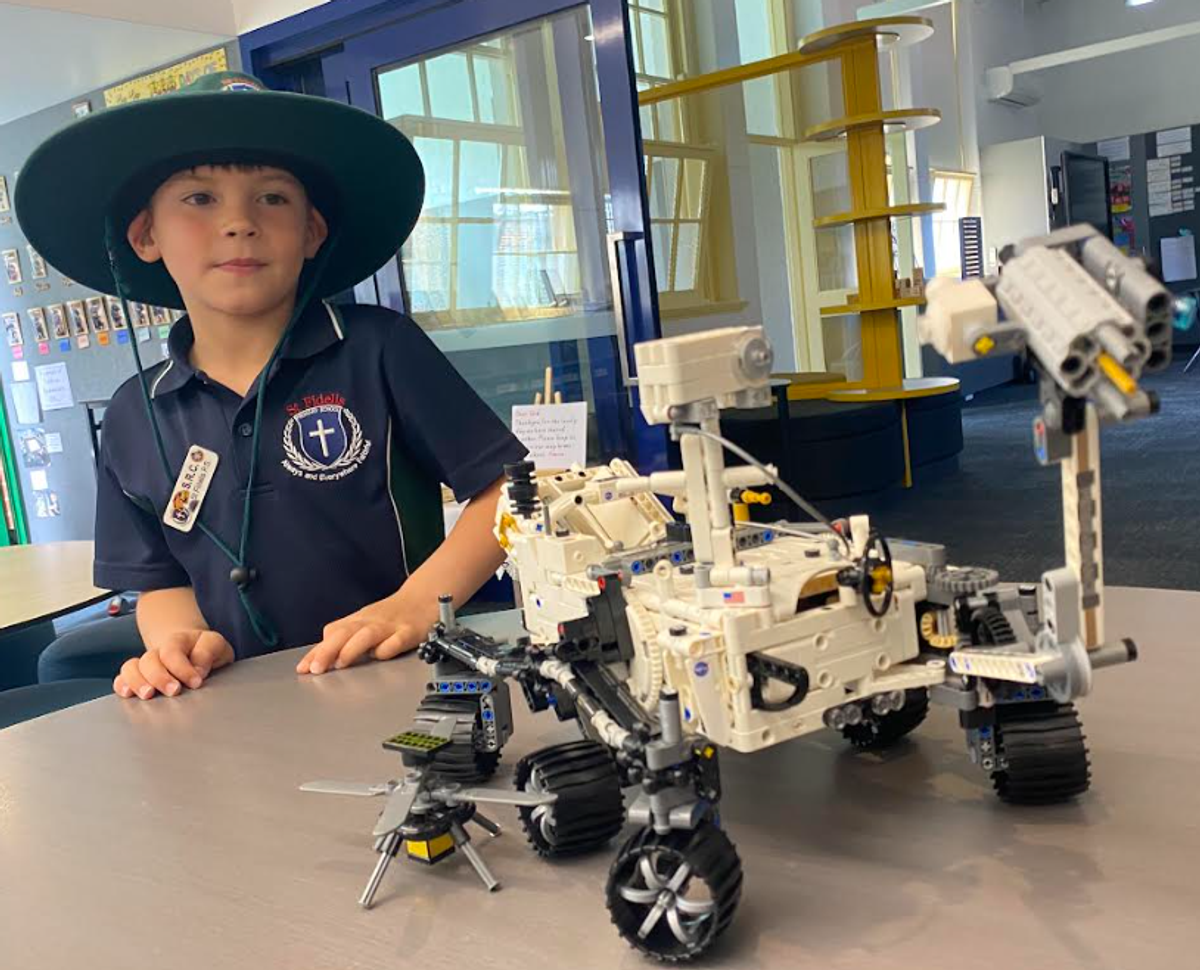



Enjoy the following images of some of the art work our students produced to display at our fabulous Art/STEM Show last Thursday.



